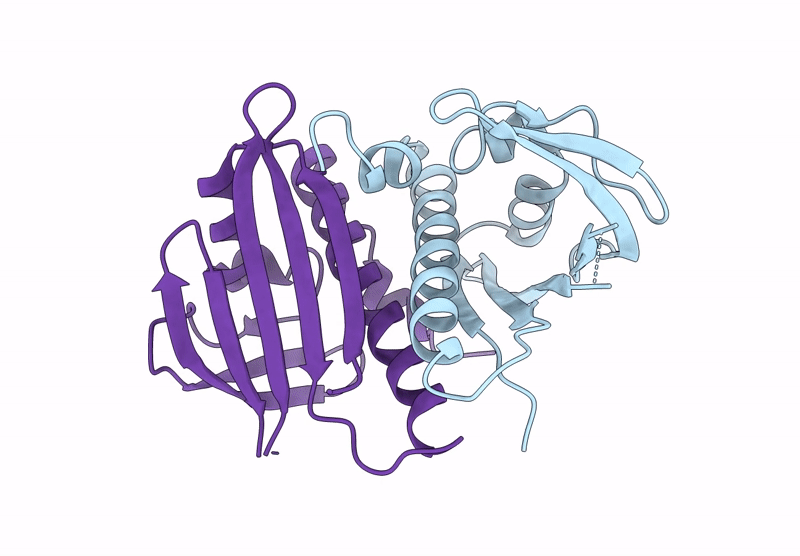
Deposition Date
2022-10-13
Release Date
2023-01-11
Last Version Date
2023-10-25
Entry Detail
Biological Source:
Source Organism:
Pseudomonas aeruginosa PA14 (Taxon ID: 652611)
Host Organism:
Method Details:
Experimental Method:
Resolution:
1.97 Å
R-Value Free:
0.23
R-Value Work:
0.19
R-Value Observed:
0.19
Space Group:
I 2 2 2


